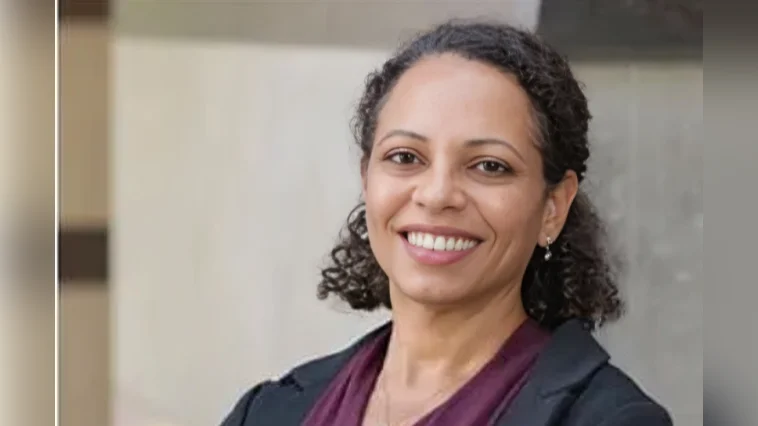NASA has awarded a grant to Assistant Professor Shuolong Yang from the University of Chicago's Pritzker School of Molecular Engineering. This funding aims to support the development of high-temperature superconducting cables that could power machinery on the moon. The research is part of efforts to make lunar bases sustainable by utilizing solar power and accessing water trapped in deep, shadowed craters.
Yang is one of eight recipients of NASA's Early Career Faculty Award, which supports projects critical for enhancing space exploration. His work focuses on creating superconducting cables capable of transmitting power without loss to machines searching for ice in permanently shadowed regions on the moon.
"If we can make a high temperature superconducting cable to transmit the power—without power loss—from a moon base to the remote rovers or vehicles or other machines, this would be a great solution for getting the water needed to sustain life on the moon," Yang stated.
The unique orientation of Earth's axis results in polar regions experiencing extended periods of sunlight. In contrast, the moon's vertical position relative to the sun means its polar craters remain in perpetual darkness, making them ideal locations for frozen water deposits.
While current superconductors operate at these cold temperatures, they face technical challenges when used in flexible cables necessary for crater-exploring rovers. "Their performance is highly direction-dependent," Yang explained.
To address this issue, Yang's team plans to use iron selenide sandwiched between strontium titanium oxide layers. This configuration allows for bendable and stretchable tape suitable for electrical transmission lines from a lunar base to rovers.
Yang acknowledged NASA's support for innovative scientific approaches: "I am glad that they appreciate bold scientific thinking, and they encourage people to come up with solutions from their own scientific disciplines."
He expressed hope that ongoing research will continue humanity's quest into space exploration: "This is what our society and our species have been doing for thousands of years."

